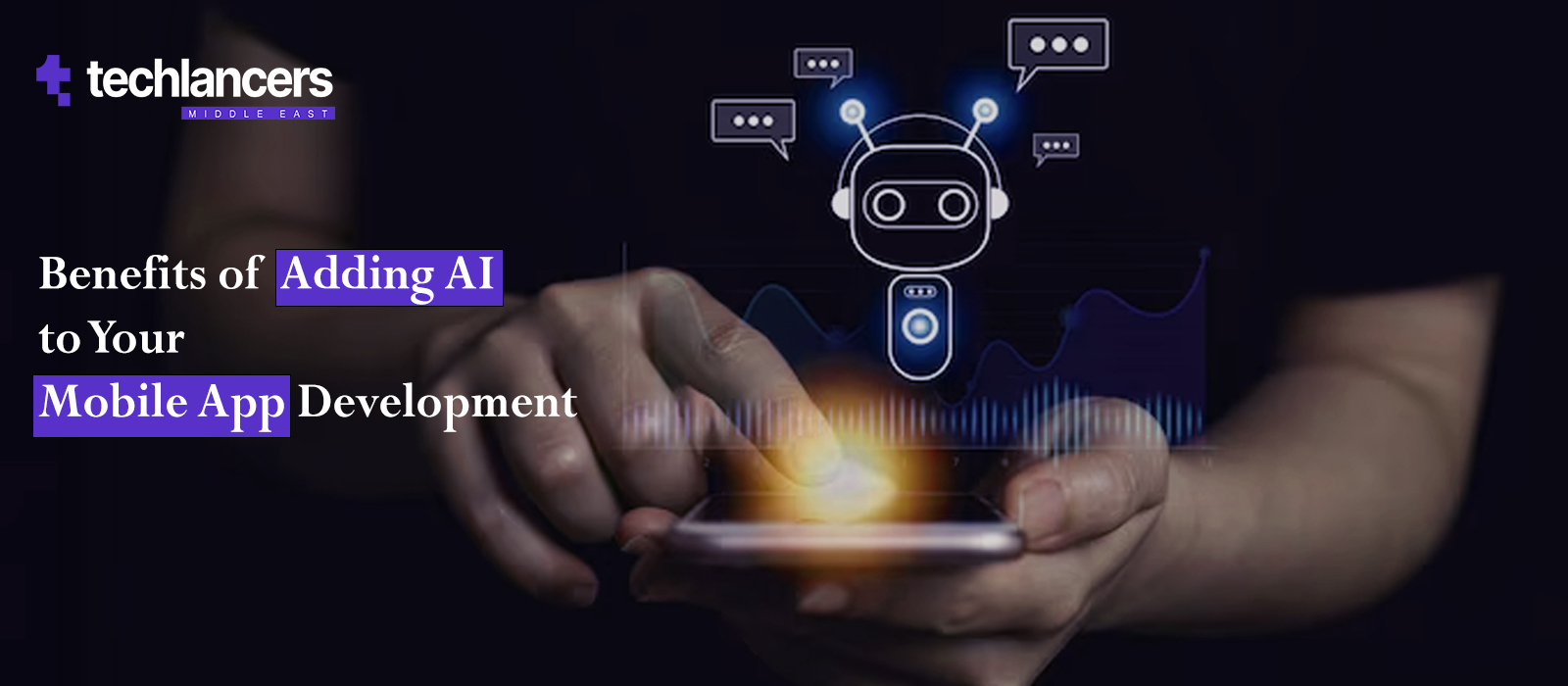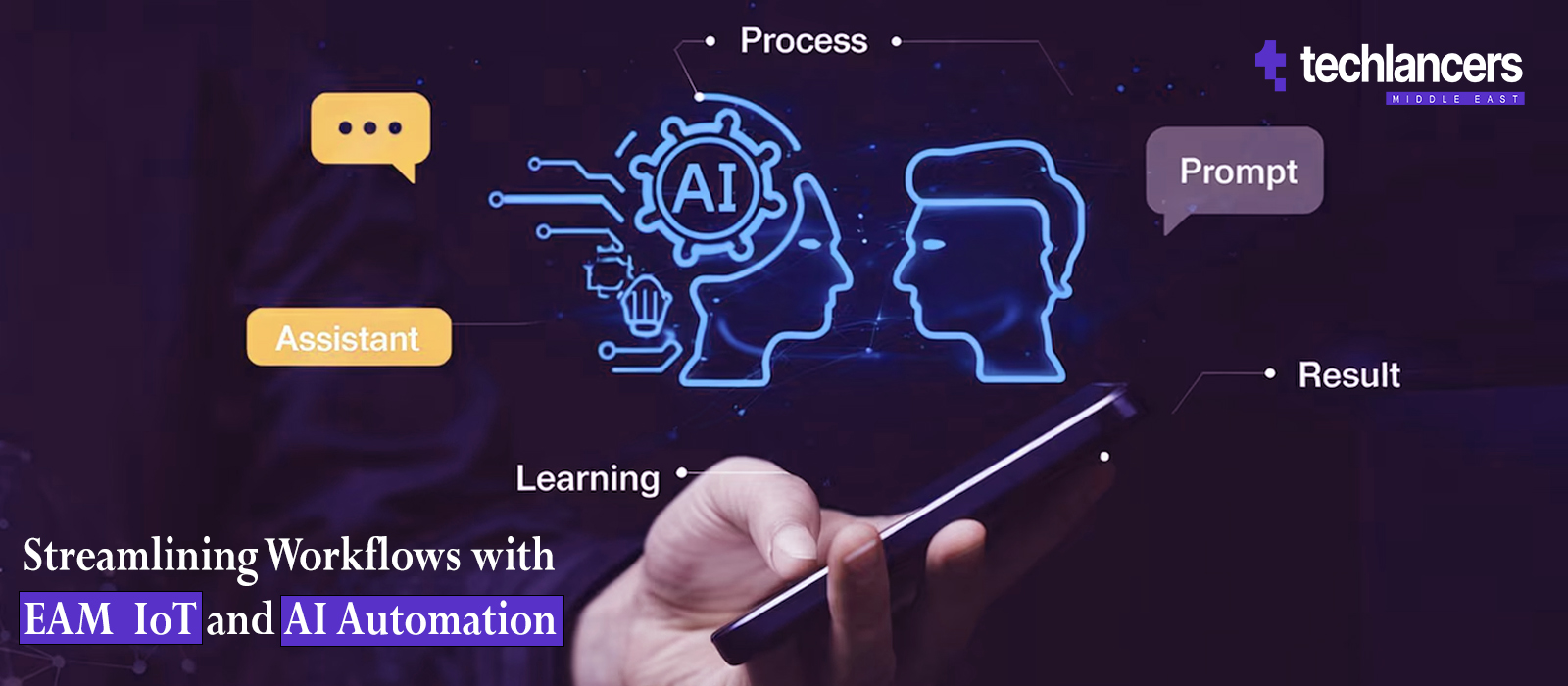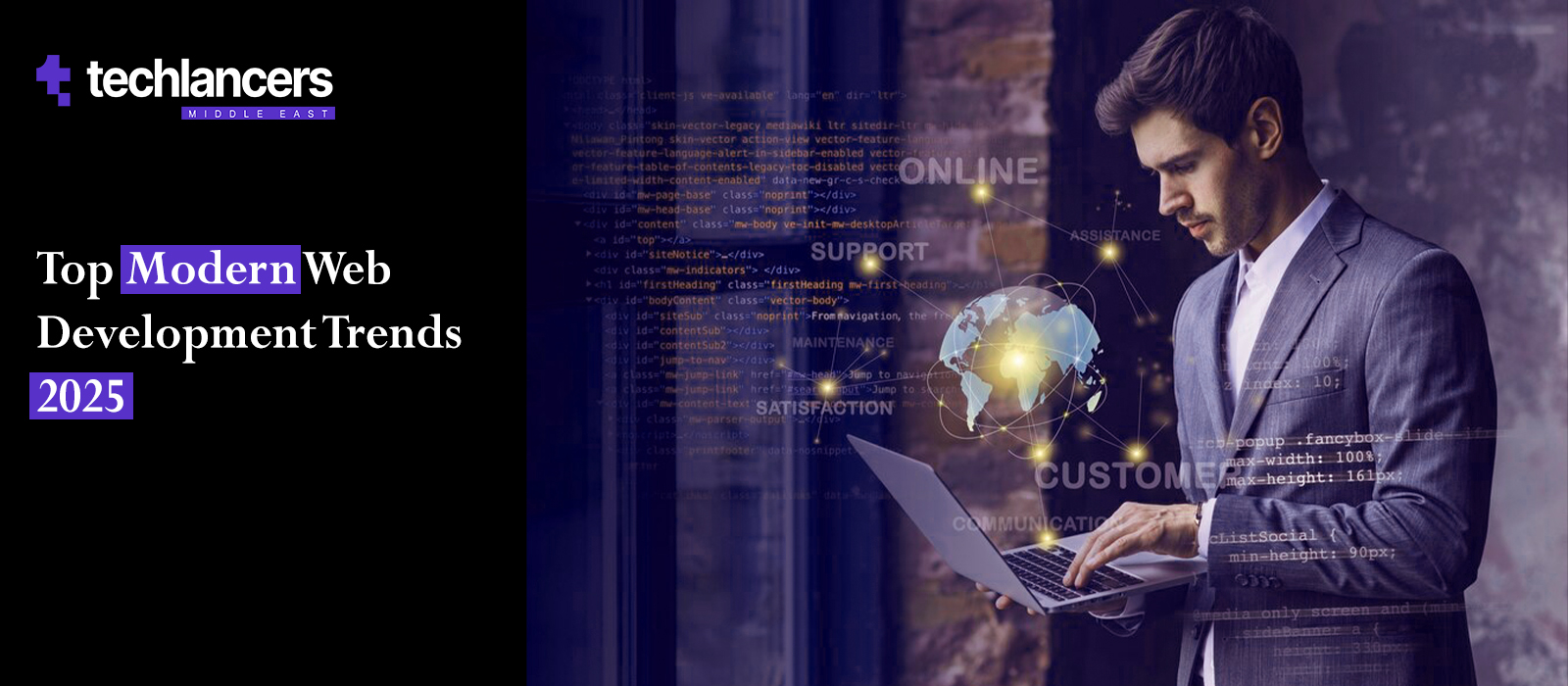Top 10 Mobile App Development Trends to Watch in 2025

We live in the times of technology where science fiction is no longer just “fiction.” As smartphones continue evolving, the industry of mobile app development services continues to flourish right alongside it.
In 2025, staying ahead of the curve is paramount for developers, businesses and tech enthusiasts as new technologies emerge around the world by the second. To remain abreast of the mobile app industry trends, here are the top 10 mobile app development trends to look out for this year.
AI-Powered Personalizations
Personalisation is one of the foundational aspects of mobile app trends and AI and machine learning has brought personalisation to entirely new heights. As the industry of mobile app development services grows, we can expect AI to help deliver hyper-personalised experiences.
Those hyper-personalised experiences in the mobile app trends can be seen to include things like custom content and real-time behavioural analysis. As AI’s reverberations are felt throughout the world of mobile app trends, AI has also been seen to power chatbots and voice assistants. This in-turn leads into smart automation throughout the bubble of mobile app development services.
IoT (Internet of Things) App Integration
In the year we are in currently, the mobile app development services industry is booming with creativity and innovation. Your mobile phones aren’t just communication tools anymore, they are a cornerstone of the world of app development trends.
Thanks to the growth of mobile app trends in the current world and the integration of IoT, mobile apps are becoming quite universal. You can control anything, from your smart fridges and thermostats to the health monitors on your wrists, with your mobile phones. This is nothing short of extraordinary in the world of mobile app trends.
The entire global IoT market reached $318 billion in 2023 and $226 billion of that is seen to have come from mobile app software and the integration of IoT. According to Statista, the market may just reach shy of $1.6 trillion this year. If this isn’t a testament to IoT’s remarkable place in mobile app industry trends, then what is?
5G: The Speedster Behind the Scenes
One of the foundational aspects of the mobile app developments industry are the cellular networks and the influence it has in mobile app trends is nothing short of legendary. We are currently in the era of 5G and if 4G was a sports car, 5G is a Star Trek-style spaceship. As the accessibility of 5G increases, its importance in mobile app development trends increases too.
Buffering is now a thing of the past with 5G and connections are formed by the milliseconds with the new network. For app developers, this is a game-changer in the world of app development trends, as this now opens up a playground of possibilities. This is quite an impressive feat in the mobile app development services industry.
AR/VR: It’s Not Just Sci-Fi Anymore
AR/VR technologies are no longer niche or just “science fiction” anymore. Instead, these technologies are now central to mobile app industry trends. Businesses are now using AR to allow customers to preview cars in the comfort of their homes, or use makeup products virtually.
On the other hand, we have VR, which is entirely transforming and reshaping how we view, learn, play and interact with things. Developers that have introduced mobile app development services in their businesses are incorporating AR/VR into all their products. Projections say that revenue in the AR/VR markets is going to reach $46.6 billion this year, worldwide. This makes immersive technology one of the biggest app developments of the year.
Cross-Platform Frameworks
Cross-platform frameworks are the new game changers in the world of mobile app industry trends. This year, mobile app development services are all about being cost-effective and efficient, as well as saving time.
Tools like Flutter and React Native are now allowing developers to be more efficient by making them write only once and deploy it everywhere. This approach is exactly aligned with the foundations of evolving mobile app trends.
Speed and user experience are key to remaining ahead of the curve in app development trends. The cross-platform frameworks market reached $120 billion in 2023 and is expected to reach $546.7 billion in 2033.
VUIs (Voice User Interfaces)
Voice interfaces may seem very subtle, but in truth, it’s quite revolutionary and impactful in the world of mobile app industry trends. Day by day, users are growing more comfortable with VUIS (Voice User Interfaces). More mobile applications are adopting these features as they are becoming better at understanding natural language, making mobile app development easier.
From voice search to voice-controlled smart appliances, this revolutionary trend is enhancing accessibility and multitasking, fuelling efficiency. For businesses that are incorporating mobile app development services, building voice user interfaces can give them a serious edge.
Blockchain Technology
Blockchain isn’t just for crypto bros anymore. It is now a major player in the mobile app industry trends. Even though it started in the foundations of crypto, it has enhanced and spread out to multiple fields such as transparency, privacy and security across all sectors. Due to this technology, mobile payments are much more secure through decentralised apps (dApps), while verifiable identity systems are being used by almost every application in the market.
Businesses offering mobile app development services that are incorporating blockchain technology are just on an escalator for growth this year. Users are increasingly prioritising data privacy and control, as the market was valued at $10 billion in 2023.
On-Demand Everything
Gratification is like ramen, it’s instant and it’s here to stay. From grocery deliveries to instant access to stylists, on-demand apps are an unstoppable beast in the world of mobile app trends. Wondering what the secret sauce is?
Real-time software implementation. It includes things like real-time data, GPS integration and seamless payment systems. Building on-demand platforms is a major part of current mobile app development services, especially for startups and service-based businesses looking to make a mark in the industries.
The on-demand app industry has been attracting over 22.4 million consumers annually, with a projected revenue of $335 billion this year. This showcases how large of an industry app development services is.
Super Apps
As the age of mobile app trends reaches its peak heights, consolidation is being brought right alongside it. Long gone are the days of hopping between multiple apps. Users want a single platform to do it all and these apps are called super apps. With the introduction of super apps, mobile app trends are now in an entirely new league, with the market being valued at $58.6 billion.
From messaging and banking to food delivery and ride-sharing, everything can happen in one place, with only a couple of clicks. This is creating major demand in mobile app development trends for platforms that can support such diverse functions under a unified experience.
Mobile Commerce
The lines between content, commerce and community have always been a thin one and they’re getting thinner as time goes on. One of the strongest mobile app development trends of this year is the rise of immersive mobile commerce. Applications are adopting AI to help recommend products. On the other hand, we have features like AR to preview them and voice-user interfaces to buy them.
All these features remain accessible with only a few clicks on mobile commerce platforms. Businesses in fashion, beauty, B2B and even electronics are investing in mobile app development trends like this, accounting for $4.01 trillion in revenue.
Turn These Trends Into Reality:
Staying ahead of the curve in the race track of all these fast-moving mobile app trends is a daunting task, but that’s exactly where we at Techlancers come in. As top-tier providers of app development services, we are here to help your business flourish into beautifully designed, peak-performance applications.
No matter what your needs, our team has the technology and knowledge to make it happen. We don’t just follow trends, we polish them. So, if you’re ready to build smarter, faster and something much more connected, let’s start it together.

-
Jazim Adeen
Content Writer
I write with intent — blending clarity, creativity, and SEO to craft content that informs, ranks, and converts.

 Consulting
Consulting Development
Development Growth
Growth






